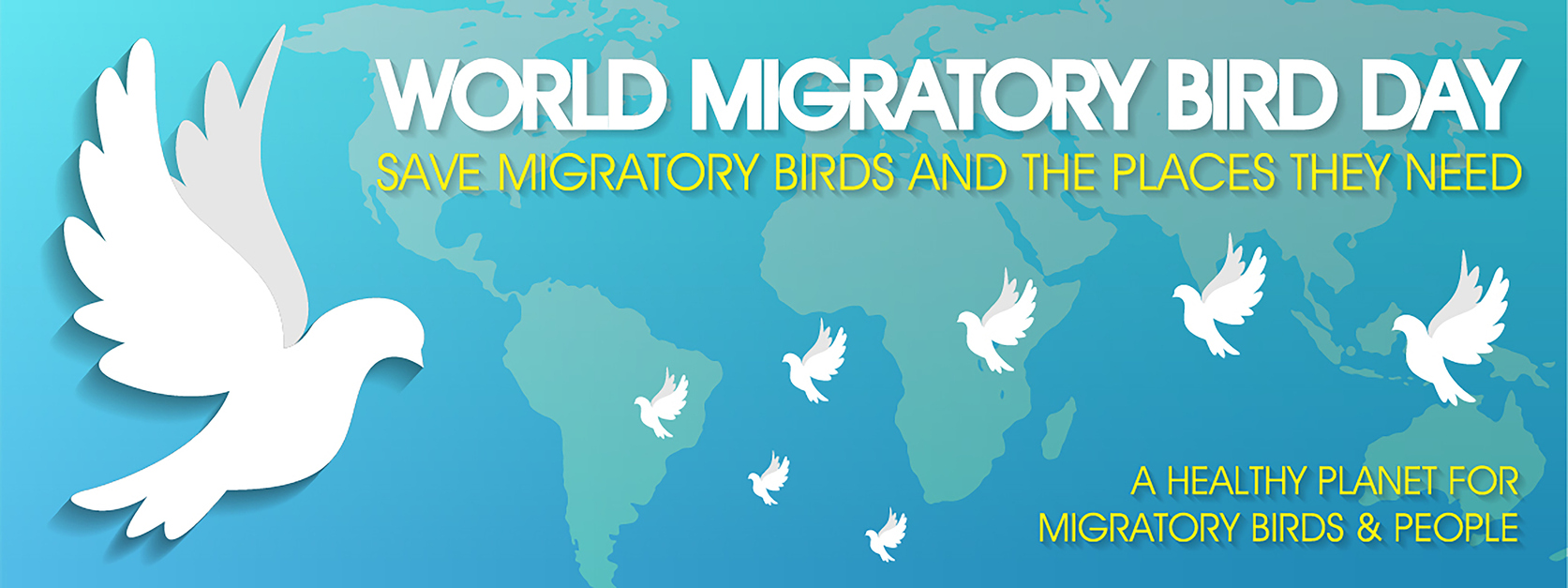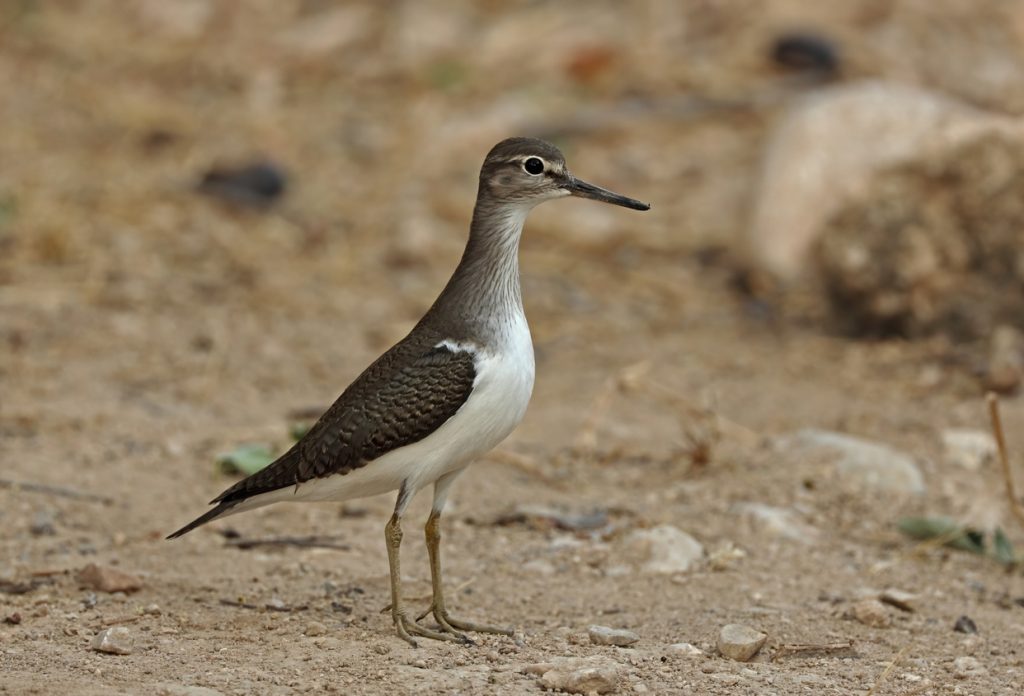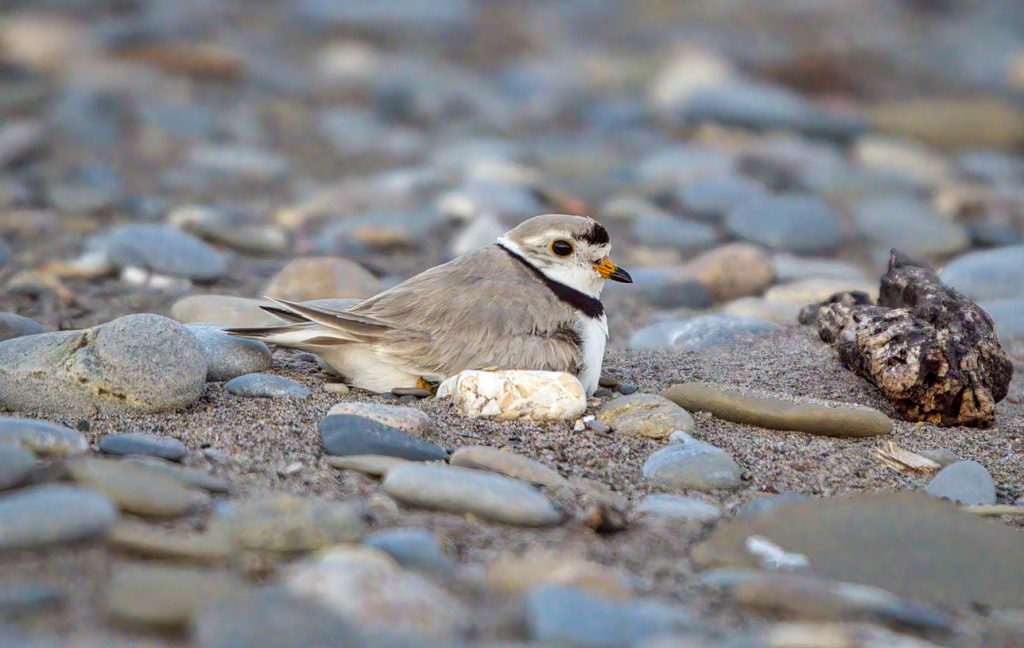Written by Kennedy Hanczyk, Project Biologist, Environmental Science Group, Pinchin Ltd.
World Migratory Bird Day (WMBD) is officially celebrated on the second Saturday of May in Canada and the US (May 13th in 2023) and is an annual awareness-raising campaign that is celebrated worldwide to promote the conservation of migratory birds and their habitats. The campaign was established to bring attention to the threats facing migratory birds, as well as their ecological significance, and the need for international cooperation to conserve them.

Migratory birds are an essential part of the planet’s ecosystem and play a crucial role in maintaining biodiversity and ecological balance. Oftentimes, the positive influence that migratory birds have on our daily lives may go unnoticed. Whether we may realize it or not, the importance of migratory birds is all around us. Shorebirds, such as sandpipers and plovers, are crucial for maintaining the health of our coastal ecosystems by controlling the population of insects, spiders, and even leeches. Similarly, songbirds, such as warblers and flycatchers, play a vital role in spreading the seeds of the trees and plants that we see everyday. Overall, every migratory bird species has a specific role and importance in the ecosystem.

Common Sandpiper (Actitis hypoleucoc) adult standing on bare ground 
Piping plover in breeding plumage, is sitting on eggs on a sand and pebble beach on the shore of Lake Ontario in summer breeding season. It’s an endangered species
The very nature of migration makes it difficult to protect birds throughout their extensive journeys. Migratory birds cover vast distances, often crossing multiple countries and encountering diverse ecosystems, each with its own set of policies and regulations. Further, the loss of migratory bird’s critical habitats, such as wetlands, forests, and coastal areas poses a serious threat to their populations.
The 2023 WMBD raises awareness of the importance of water for migratory birds. Water serves as a vital resource for these birds at various stages of their migration journey. During their long flights, migratory birds rely on water bodies such as lakes, wetlands, and rivers as an important stop for resting nesting, and refueling. Unfortunately, many factors such as pollution, habitat loss, and climate change threaten these essential aquatic ecosystems.
However, all hope is not lost when it comes to protecting the habitats of migratory birds. The destruction of many aquatic ecosystems can be restored through restoration and enhancement techniques. Pinchin’s Environmental Science (ENS) group aims to provide creative solutions to protect many aquatic and terrestrial habitats through agency liaison, mitigation, restoration and enhancement to ensure the habitat of migratory birds are appropriately conserved and/or restored in coordinated and best management practices, including invasive species management, erosion and sediment control, stakeholder involvement, and restoration and enhancement. To learn more about how Pinchin ENS helps to protect migratory birds and their habitat on projects visit http://www.pinchin.com/Pages/81 or contact your local Pinchin office.